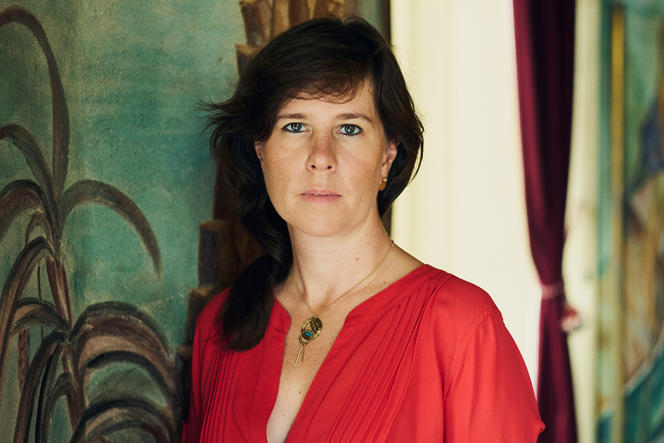Appointed in September 2022 at the head of the Palais de la Porte-Dorée, in Paris, which houses the National Museum of the History of Immigration, Constance Rivière, who succeeded Pap Ndiaye, intends to attract a new audience to this place. which reopens on June 17 after three years of work and presents a completely renewed route.
The new route of the museum is inaugurated when a new law on immigration arrives in the National Assembly, sparking heated debates. Can an exhibition such as the one you are presenting play a role in changing perceptions and mentalities?
The new course is based on the idea of bringing historicity and depth of field, especially scientific, back to the question of immigration, which is often crushed by blinding generalities and which prevents thought from sitting firmly on objective facts, on historical, sociological and demographic data.
Historian Patrick Boucheron, professor at the Collège de France, who worked on the prefiguration report for the new museum, worked with nearly forty scientists from all disciplines. Four scientific curators wrote the texts that we interpreted with objects and works of art, and intimate journeys, life journeys. It is important that we remember that when we talk about immigration, we are talking about men and women.
We feel, on the part of the curators, a desire to present things in a balanced, non-militant way…
This museum is not intended to be a militant place. It is a place that can accommodate militant and diverse words on these subjects. But, as a national museum, our objective is to be able to pose calmly what has been, and what is the history of immigration in France, with areas that are painful, difficult, with successes, interbreeding that make up the face of France today, but also with struggles, difficulties in accessing nationality, a right that has evolved a lot. We must not be afraid of complexity.
The pedagogical concern is obvious. However, there are many texts to read, archival documents. What audience are you targeting primarily?
What we would like is to be accessible to everyone. Throughout the course, there are short, didactic texts, and developed labels, which allow you to go into detail for those who wish. But there is also a literary journey made in partnership with the Comédie-Française, a cinematographic approach, another musical. It’s about offering everyone an entry point that will make them want to better understand this story. And we are very keen that the museum be a place of transmission of memory and family transmission. We carry out work around oral mediation, we give keys to children so that they can question their parents and grandparents about their history.
You have 61.43% of this article left to read. The following is for subscribers only.
